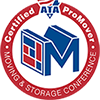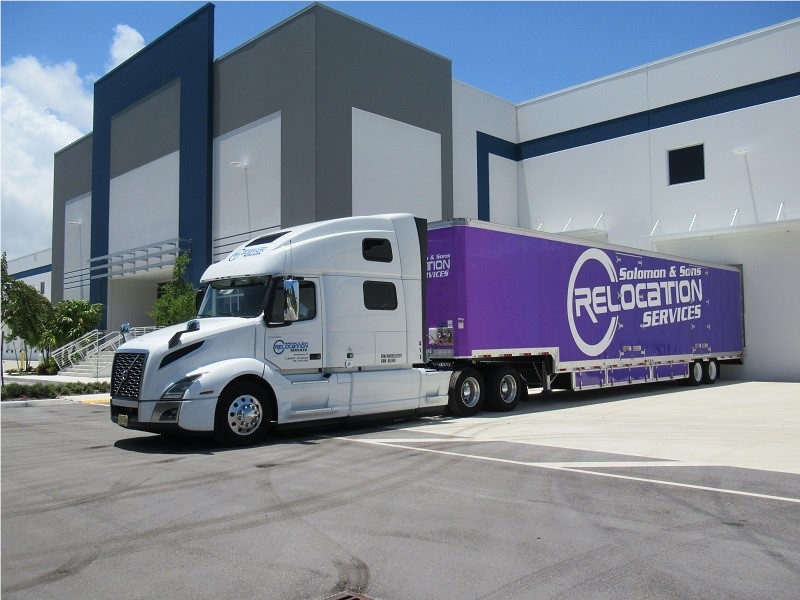Intrastate Movers: What You Can Expect in a Local Move
One of the most challenging experiences you’ll ever have to undergo is moving from one location to another. Even if you’re only moving a short distance, it can still be stressful if you don't plan ahead. Are you planning a local move? Here's how an intrastate move differs from an interstate move, along with what you can expect and how a professional mover can make your experience as smooth as possible.Intrastate vs. Interstate Move
While an interstate move involves moving or transporting items from one state to another, an intrastate or local move, is within the same state. In other words, the moving truck stays within a state border. If a mover crosses a state line during any time of the move, it’s classified as an interstate or long distance move. This means that rules applying to long distance moves are not the same as those for intrastate moves.What’s Involved in Local Moving: Packing, Loading and Delivery
- Your local moving company will contact you, regarding your moving plan. For example, you’ll be asked about moving dates, the addresses involved and the types of services you prefer.
- A local move is generally charged by the hour, regardless of the services involved, whether it’s wrapping, packing, loading, carrying boxes to a moving van, etc.
- Although local movers can pack your belongings, you can save a considerable amount of money by doing your own packing. Another option is doing most of the packing but having specialty items packed by a mover.
- On the day when your belongings are loaded onto a moving truck, a walk-through will be done by the moving crew. They’ll also protect high risk areas of your house from damage, such as using padding on stair railings.
- A systematic loading process is involved in which all moving boxes are labeled, according to rooms.
- When a shipment is delivered safely to a client’s new home, precautions are made for unloading it, such as using carpet covers and protective pads during the move-in process. Boxes are placed in the proper rooms at the direction of the client.
Guidelines for Choosing a Mover
- When selecting a mover, check to see if the company provides arbitration for claim disputes and the type of protection it has regarding damages or loss.
- Be sure a moving company is registered with the Florida Division of Consumer Services and that their registration numbers are printed clearly on contracts, estimates and other business forms.
- Ensure a mover carries liability insurance, motor vehicle insurance as this is a requirement under Florida law. Furthermore, be sure a mover has coverage for workers’ comp.
- Make sure a company is known for meeting delivery schedules.
- Find out if a mover offers packing, unpacking, storage and other types of additional services.
Other Considerations and Warnings
- All intrastate moves in Florida require a written estimate and contract, according to Florida Statutes, Chapter 507.
- Give yourself more lead-time for your move to meet your needs.
- Consider that the average intrastate move in Florida involves from two to six weeks for planning and preparation.
- The cost for a local move entails factors, such as the number of items to be moved, cubic footage, appliance servicing, if stairs or an elevator is involved and other conditions.
- Although it’s rare, sometimes a mover can charge more than the amount of a written estimate. These special instances involve moves in which costs were unforeseeable. However, a mover cannot demand payment for charges exceeding the estimate before delivery.
- Because late spring and summer are usually the busiest seasons for movers, it’s better to plan your move during early spring or late autumn.
- As the busiest days of the month for movers are the first and last days of a month, clients usually pay more on these days. Therefore, schedule your move on other days.
- It’s typically cheaper to move during the week than during weekends.
Tags
Subscribe to Solomon & Sons Relocation Services's Blog













Comments